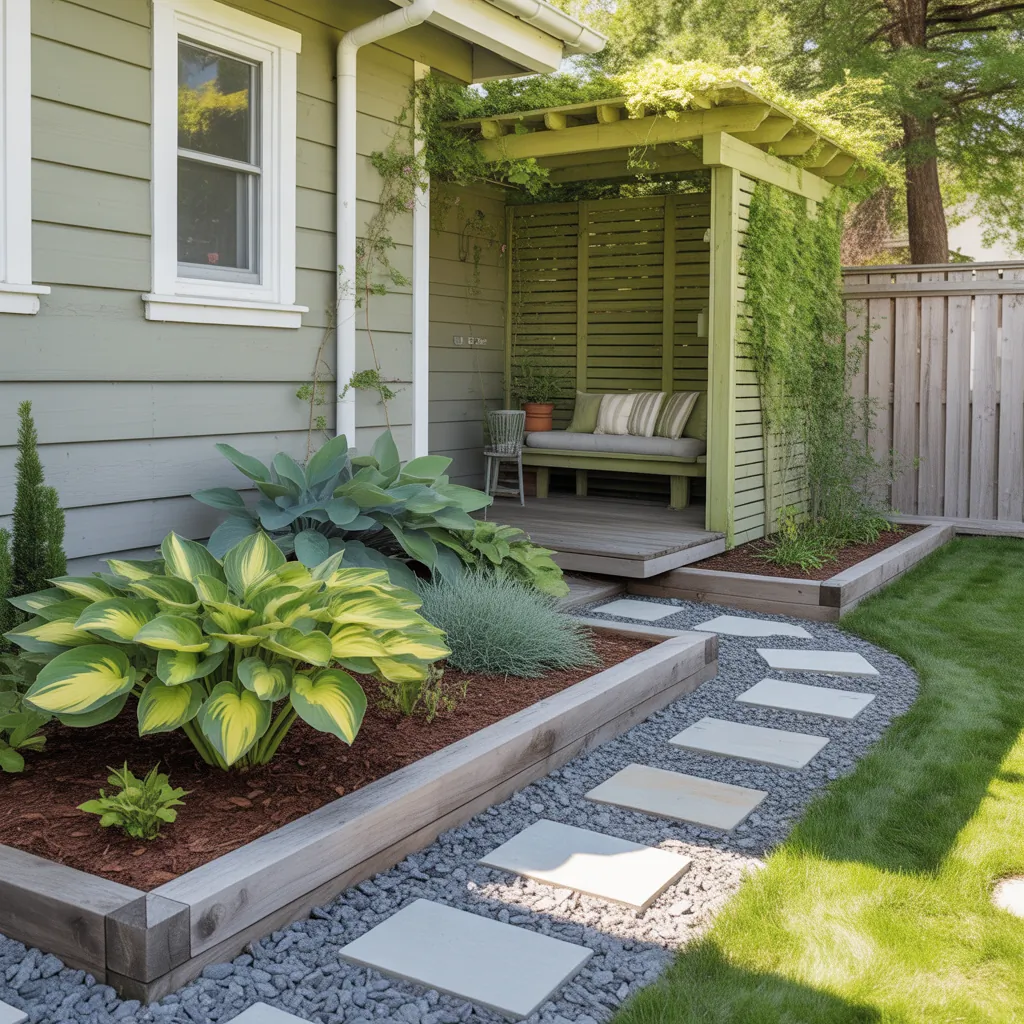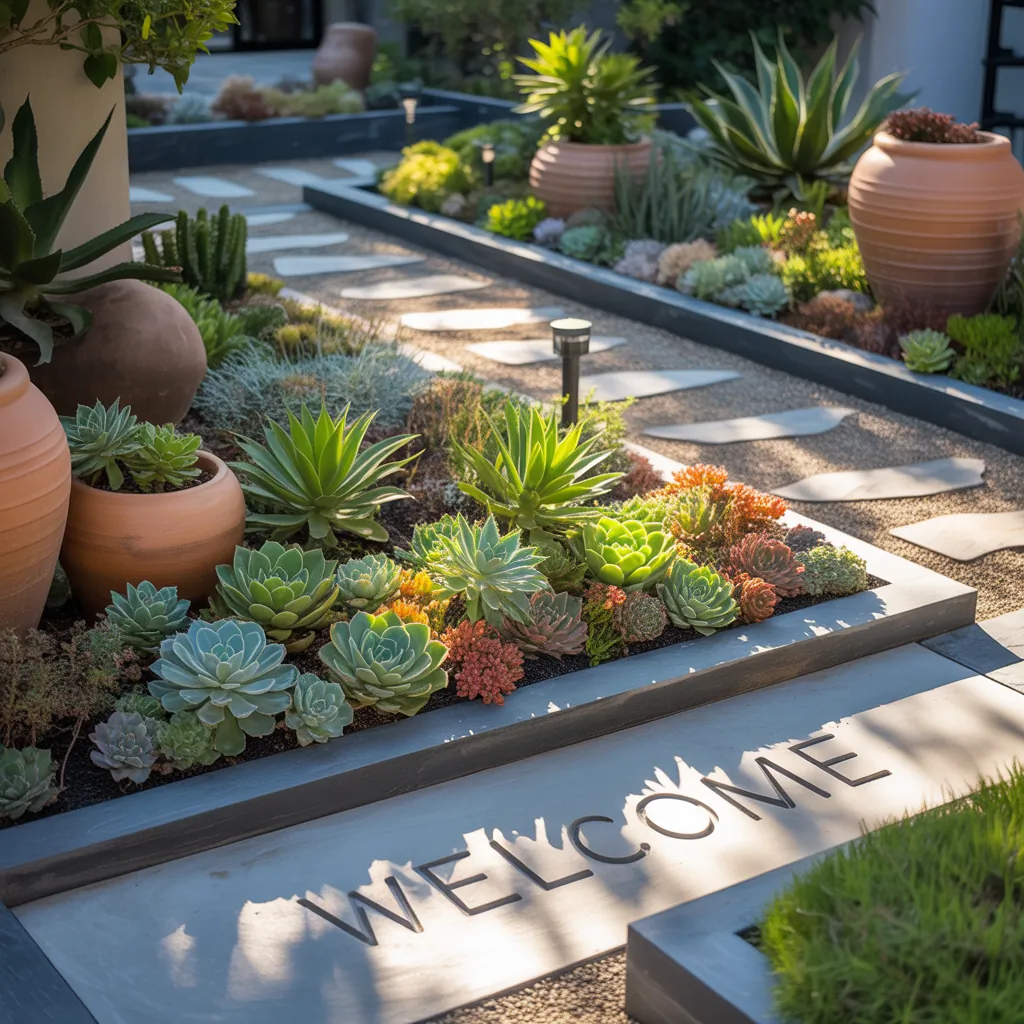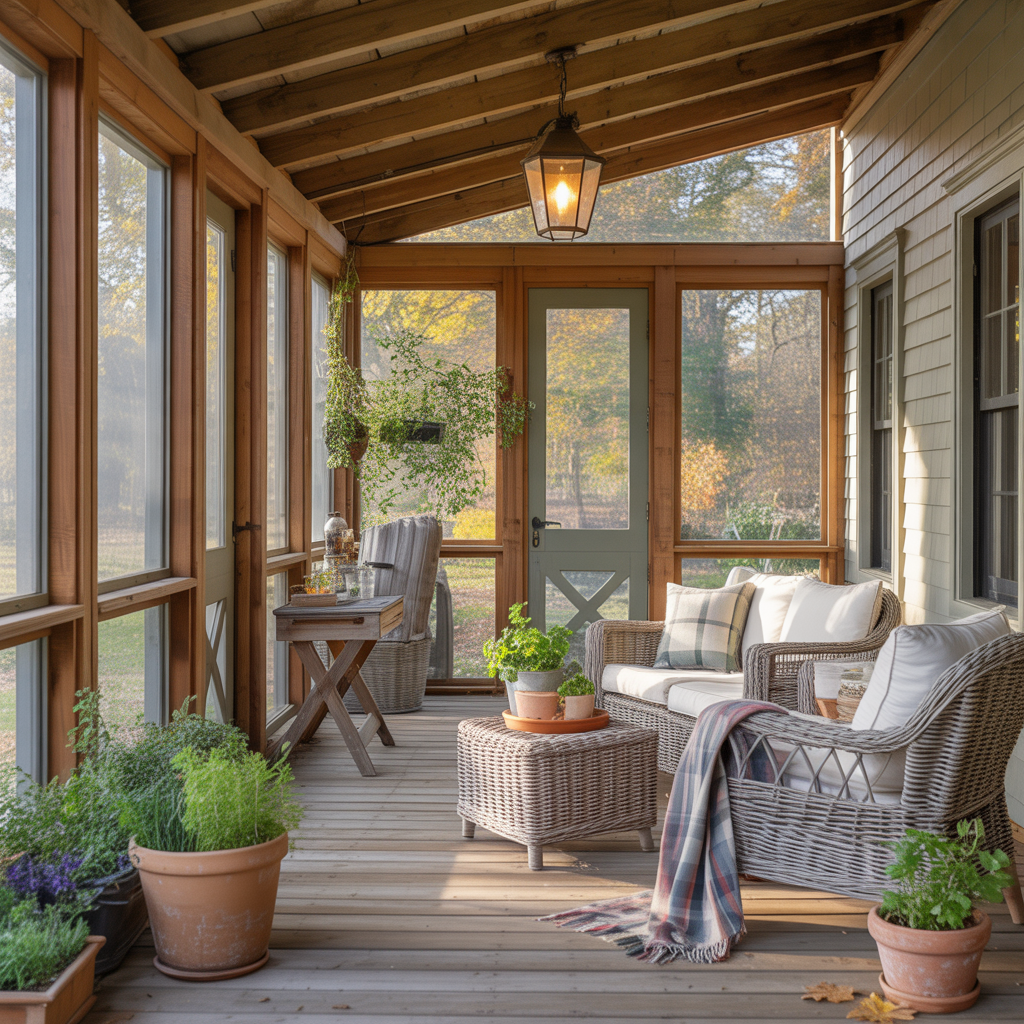You’ve just stepped outside with a cup of coffee and realized the shaded strip along your front walkway looks tired — patches of bare soil, an unruly shrub, and a yearning for something low-maintenance and beautiful. What if you could transform that space this weekend using shade-loving plants, a few DIY techniques, and the quiet elegance of hostas? In this article we’ll explore practical front yard hosta outdoor plans garden ideas that are achievable for most homeowners and deliver big curb appeal.
Why Hostas Are a Front Yard Garden Game-Changer
Hostas are ideal for front yard landscaping because they thrive in shade, come in a wide range of sizes and variegations, and create lush, textural interest without constant fuss. They work well as groundcovers, foundation plants, or border accents. For homeowners seeking low-maintenance landscaping ideas or shade garden plans, hostas can provide year-round structure with seasonal interest from flowers, foliage color, and leaf shape.
Design Inspiration: Styles That Highlight Hostas
Classic Cottage Front Garden
- Mix several hosta varieties (small, medium, large) for layered depth.
- Add cottage perennials like astilbe, foxglove, and heuchera for color contrast.
- Use a simple gravel path and a white picket border for charm.
Modern Minimalist Shade Bed
- Plant one or two large, bold hosta varieties in geometric beds.
- Include ornamental grasses or evergreen groundcover for year-round structure.
- Keep mulch and edging clean for a tidy, contemporary look.
Natural Woodland Edge
- Combine hostas with shade-loving ferns and native shrubs.
- Keep planting informal — mimic how plants grow in the wild.
- Incorporate natural stone or log edging for a rustic touch.
Step-by-Step: Easy Front Yard Hosta Outdoor Plans
Follow these practical steps to create a hosta-centered front yard plan that looks intentional and lasts for years.
- Assess light and soil: Measure shade patterns and test soil drainage. Hostas prefer well-draining, moist, but not waterlogged soil and perform best in partial to full shade.
- Sketch the layout: Draw a simple plan marking walkways, the house foundation, and existing trees. Decide on focal points (bench, birdbath) and mass plantings vs. specimen placements.
- Select varieties: Choose a mix of sizes — small (1–2 ft) near edges, medium in the middle, and large (3+ ft) as anchors. Look for variegated leaves to brighten dark corners.
- Prepare the bed: Remove weeds, amend soil with compost, and loosen to about 8–12 inches depth. Add slow-release organic fertilizer if needed.
- Plant with spacing in mind: Allow room for hostas to mature — follow tag spacing, typically 18–36 inches depending on variety.
- Mulch and edge: Apply 2–3 inches of organic mulch, keeping it a couple of inches away from crown to prevent rot. Install edging to define the bed and reduce lawn creep.
- Install accents: Place stepping stones, low garden lighting, or a small water feature to enhance the design.
- Maintain: Water deeply, monitor for slugs, divide every 3–4 years to keep clumps healthy, and deadhead spent flowers if desired.
Practical DIY Tips & Real-World Advice
- Slug control: Use beer traps, copper tape, or iron phosphate slug bait. Encourage natural predators like frogs and birds.
- Dealing with deer: Many hostas are deer favorites. Try planting deer-resistant companions (daffodils, alliums) or use motion-activated sprinklers for deterrence.
- Budget-friendly planting: Buy smaller hostas in spring and divide existing clumps if you already have them — a single mature plant can be split into multiple new specimens.
- Seasonal interest: Combine hostas with spring bulbs (tulips, daffodils) for early color before the hosta leaves unfurl.
- Container options: If your front yard has limited soil beds, plant hostas in decorative pots near the entryway for instant impact.
Low-Maintenance Front Yard Layout Ideas
For homeowners who prefer low-effort upkeep, consider these layout strategies:
- Mass-plant a single hosta variety for a cohesive, maintenance-light look.
- Create a narrow shade border under trees with compost mulch and hostas — no edging required.
- Use a single row of hostas along the sidewalk to create defined curb appeal without heavy planting density.
Front Yard Hosta Outdoor Plans Garden Ideas: Quick Materials & Time Estimates
Example for a 10-foot bed:
- Hosta plants (6–10 medium-sized) — $60–$200 depending on varieties
- Compost & soil amendments — $20–$50
- Mulch — $15–$40
- Edging and accents — $30–$150
- Time: 1 weekend with one helper for bed prep and planting
Frequently Asked Questions
Are hostas good for front yard landscaping?
Yes. Hostas are excellent for shaded front yard areas because they provide lush foliage and require relatively low maintenance. They work in borders, foundation plantings, and as groundcovers.
How do I plant hostas for the best results?
Choose a shaded or partially shaded area, amend soil with compost, plant at the same depth as the nursery container, space plants according to mature size, water well, and mulch to retain moisture and suppress weeds.
What plants pair well with hostas in a front yard garden?
Good companions include ferns, heuchera (coral bells), astilbe, astilbe, bleeding heart, and spring bulbs like daffodils. Select plants with complementary textures and staggered bloom times for continual interest.
Wrapping Up: Start Your Front Yard Hosta Outdoor Plans Garden Ideas Today
Transforming a neglected shade strip into a welcoming, low-maintenance front yard is entirely within reach. With thoughtful planning, the right hosta varieties, and a few DIY steps, you can create a front yard that boosts curb appeal and simplifies upkeep. Ready to try a project this weekend? Head to your yard with a sketch, a few plants, and a can-do spirit — and don’t forget to check related project guides on our DIY projects and home design ideas pages for more inspiration. For indoor inspiration while you plan, explore our kitchen upgrades section.



